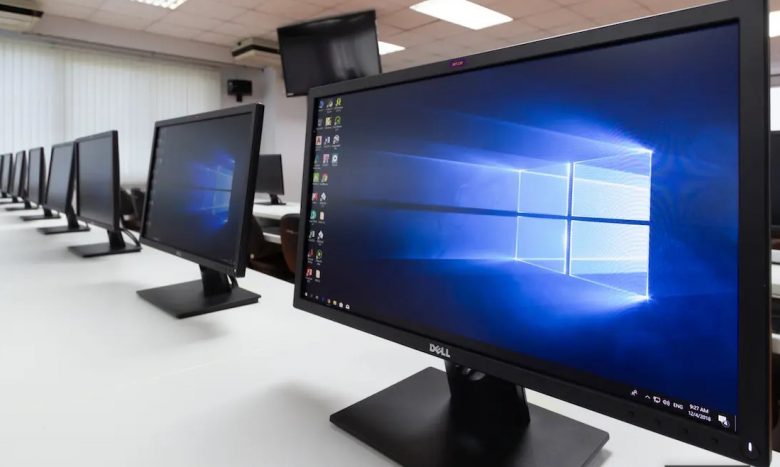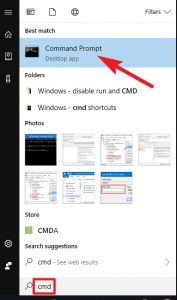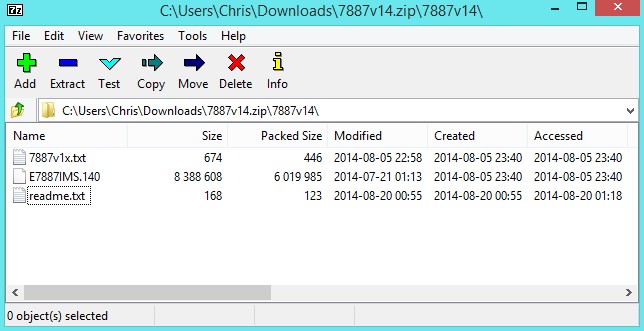
How to Check Your BIOS Version and Update it
You likely shouldn’t refresh your BIOS Version, however, in some cases you need to. Here’s the manner by which to actually take a look at what BIOS form your PC is utilizing and streak that new BIOS rendition onto your motherboard as fast and securely as possible.Be exceptionally cautious when refreshing your BIOS! On the off chance that your PC freezes, crashes, or loses power during the interaction, the BIOS or UEFI firmware might be debased. This will deliver your PC unbootable—it’ll be “bricked.”
How to Check Your Current BIOS Version in Windows
You most likely shouldn’t refresh your BIOS Version, however here and there you need to. Here’s the way to actually look at what BIOS form your PC is utilizing and streak that new BIOS adaptation onto your motherboard as fast and securely as possible.Be exceptionally cautious when refreshing your BIOS! In the event that your PC freezes, crashes, or loses power during the interaction, the BIOS or UEFI firmware might be debased. This will deliver your PC unbootable—it’ll be “bricked.”
Check Your BIOS Version at the Command Prompt
To actually look at your BIOS variant from the Command Prompt, hit Start, type “cmd” in the pursuit box, and afterward click the “Order Prompt” result—no compelling reason to run it as an overseer.

At the brief, type (or reorder) the accompanying order, and afterward hit Enter:
You’ll see the variant number of the BIOS or UEFI firmware in your present PC.

Check Your BIOS Version by Using the System Information Panel
You can likewise discover your BIOS’s form number in the System Information window. On Windows 7, 8, or 10, hit Windows+R, type “msinfo32” into the Run box, and afterward hit Enter.

The BIOS rendition number is shown on the System Summary sheet. Check out the “Profiles Version/Date” field.

How to Update Your BIOS
Distinctive motherboards utilize various utilities and techniques, so there’s nobody size-fits-all arrangement of directions here. Be that as it may, you’ll play out a similar essential cycle on all motherboards.
To start with, head to the motherboard producer’s site and discover the Downloads or Support page for your particular model of motherboard. You should see a rundown of accessible BIOS adaptations, alongside any changes/bug fixes in each and the dates they were delivered. Download the rendition to which you need to refresh. You’ll most likely need to snatch the freshest BIOS form—except if you have a particular requirement for a more seasoned one.

On the off chance that you bought a pre-assembled PC as opposed to building your own, head to the PC maker’s site, look into the PC model, and see its downloads page. You’ll track down any accessible BIOS Version refreshes there.

Your BIOS download most likely arrives in a document—typically a ZIP record. Concentrate the substance of that record. Inside, you’ll discover a type of BIOS Version record—in the screen capture beneath, it’s the E7887IMS.140 document.
The chronicle ought to likewise contain a README record that will walk you through refreshing to the new BIOS. You should look at this record for directions that apply explicitly to your equipment, however we’ll attempt to cover the fundamentals that work across all equipment here.

You’ll have to pick one of a few distinct kinds of BIOS-blazing apparatuses, contingent upon your motherboard and what it upholds. The BIOS update’s incorporated README document ought to suggest the best choice for your equipment.
A few producers offer a BIOS-blazing choice straightforwardly in their BIOS Version, or as a unique key-press choice when you boot the PC. You duplicate the BIOS Version document to a USB drive, reboot your PC, and afterward enter the BIOS or UEFI screen. From that point, you pick the BIOS Version-refreshing alternative, select the BIOS record you put on the USB drive, and the BIOS updates to the new form.
You for the most part access the BIOS Version screen by squeezing the suitable key while your PC boots—it’s regularly shown on the screen during the boot cycle and will be noted in your motherboard or PC’s manual. Normal BIOS keys incorporate Delete and F2. The interaction for entering a UEFI arrangement screen can be somewhat unique.

There are additionally more customary DOS-based BIOS-blazing instruments. When utilizing those instruments, you make a DOS live USB drive, and afterward duplicate the BIOS-blazing utility and BIOS record to that USB drive. You then, at that point, restart your PC and boot from the USB drive. In the insignificant DOS climate that shows up after the reboot, you run the proper order—regularly something like flash.bat BIOS3245.bin—and the apparatus streaks the new form of the BIOS onto the firmware.The DOS-based glimmering device is frequently given in the BIOS chronicle you download from the maker’s site, in spite of the fact that you might need to download it independently. Search for a record with the .bat or .exe document expansion.
Before, this cycle was performed with bootable floppy plates and CDs. We suggest a USB drive since it’s most likely be the simplest strategy on present day equipment.

A few makers give Windows-based glimmering devices, which you run on the Windows work area to streak your BIOS and afterward reboot. We don’t suggest utilizing these, and surprisingly numerous producers who give these apparatuses alert against utilizing them. For instance, MSI “unequivocally suggests” utilizing their BIOS-based menu choice rather than their Windows-based utility in the README record of the example BIOS update we downloaded.Flashing your BIOS from inside Windows can bring about more issues. All that product running behind the scenes—including security programs that might meddle with keeping in touch with the PC’s BIOS—can make the interaction fall flat and degenerate your BIOS. Any framework crashes or freezes may likewise result in an adulterated BIOS. It’s smarter to be protected than sorry, so we suggest utilizing a BIOS-based glimmering apparatus or booting to a negligible DOS climate to streak your BIOS.

That is it—after you run the BIOS-blazing utility, reboot your PC, and the new BIOS or UEFI firmware form loads. In case there’s an issue with the new BIOS Version rendition, you might have the option to minimize it by downloading a more established variant from the producer’s site and rehashing the blazing system.



